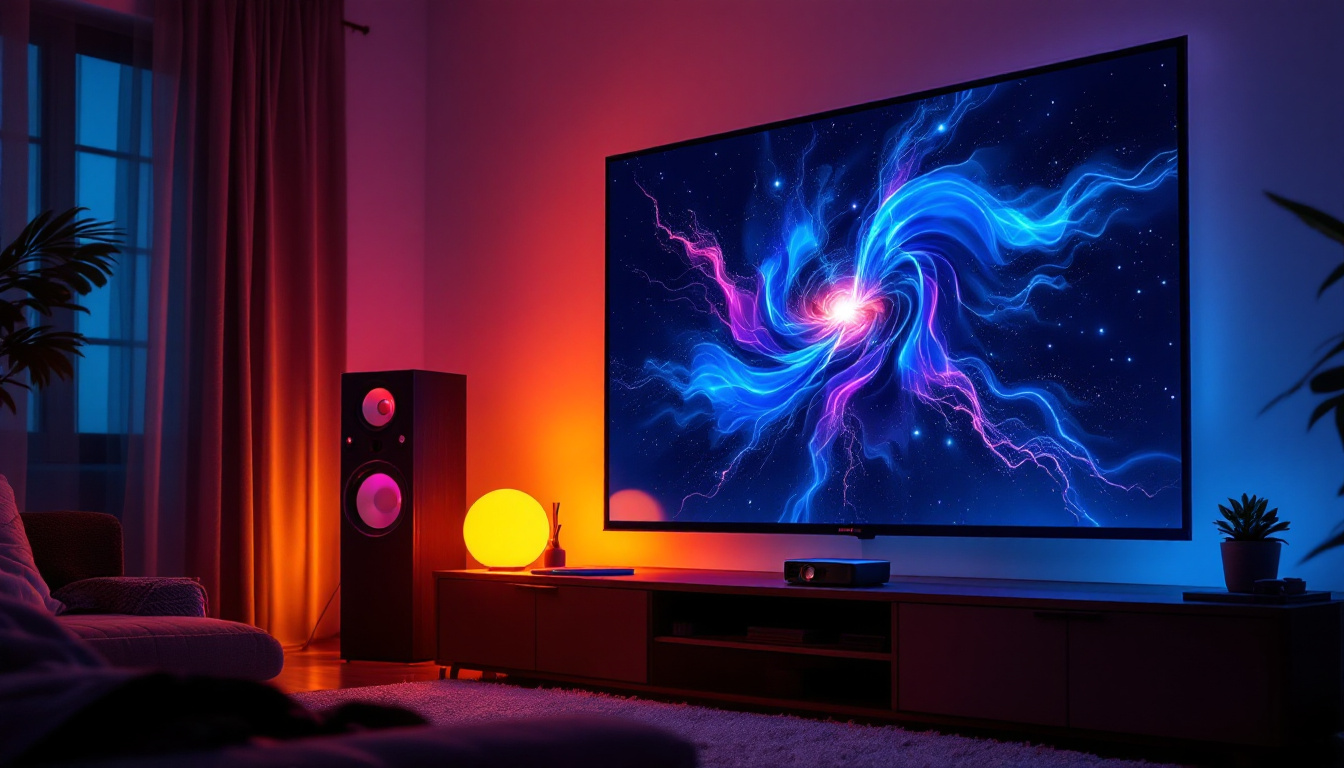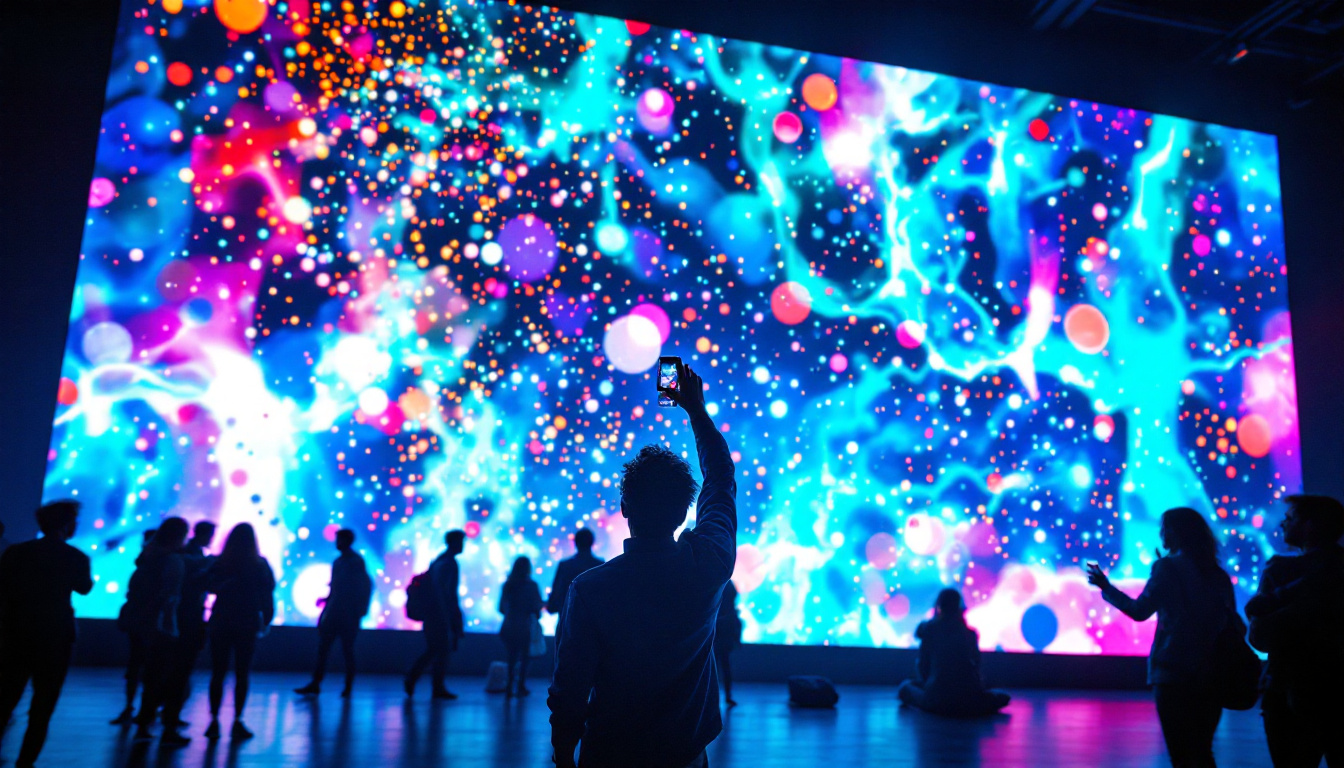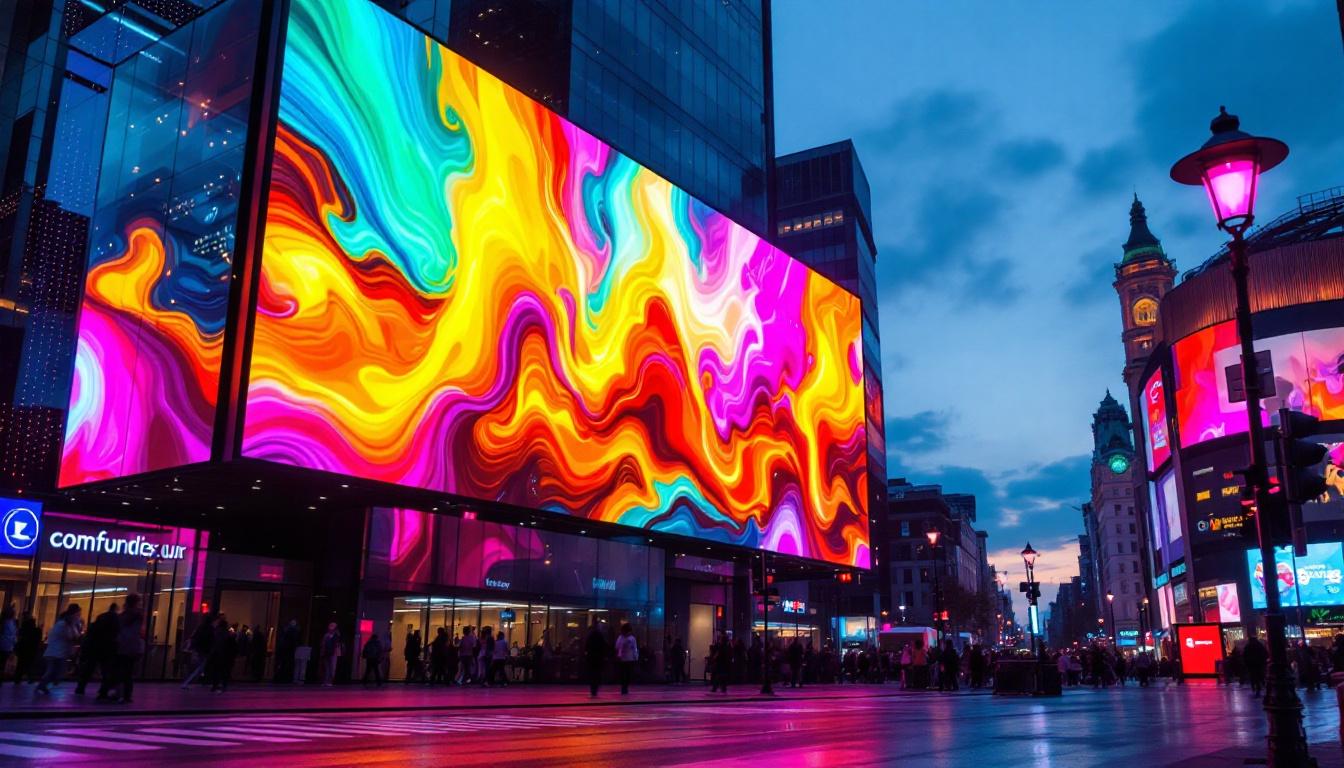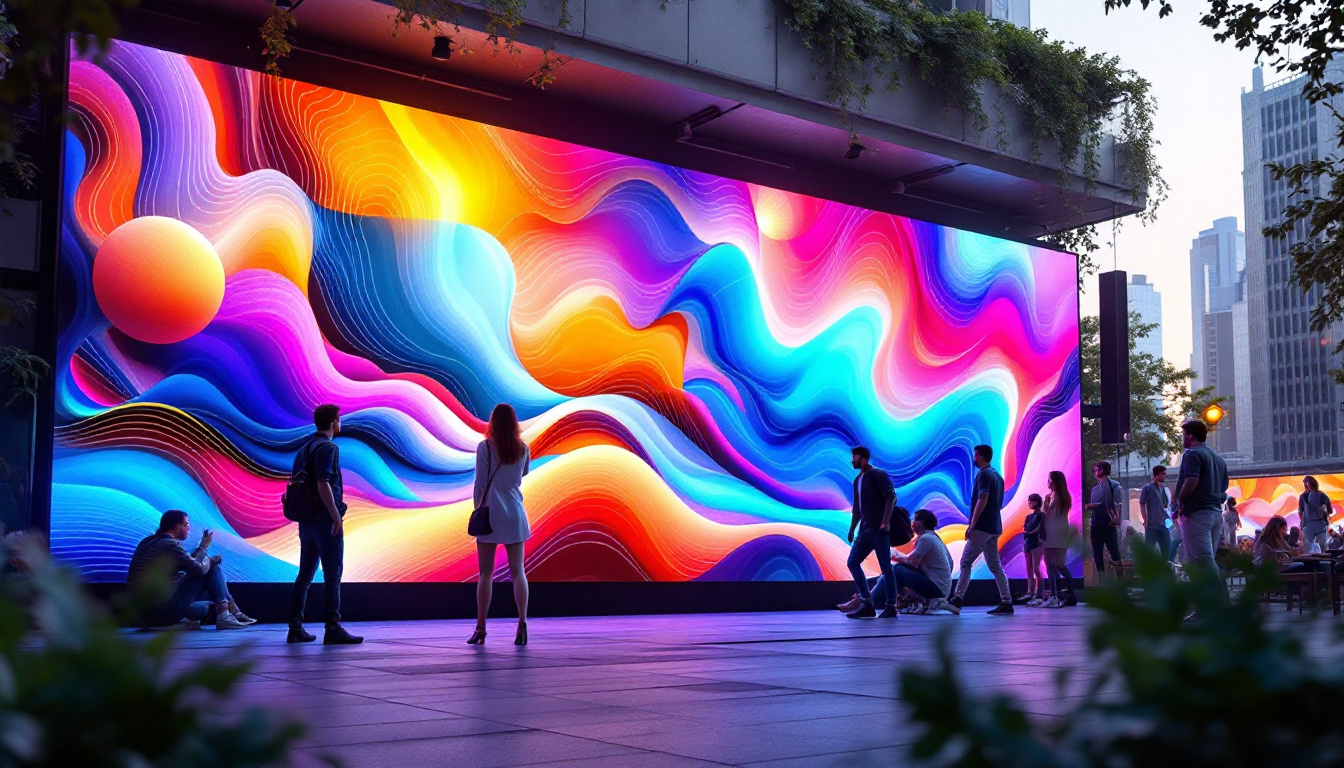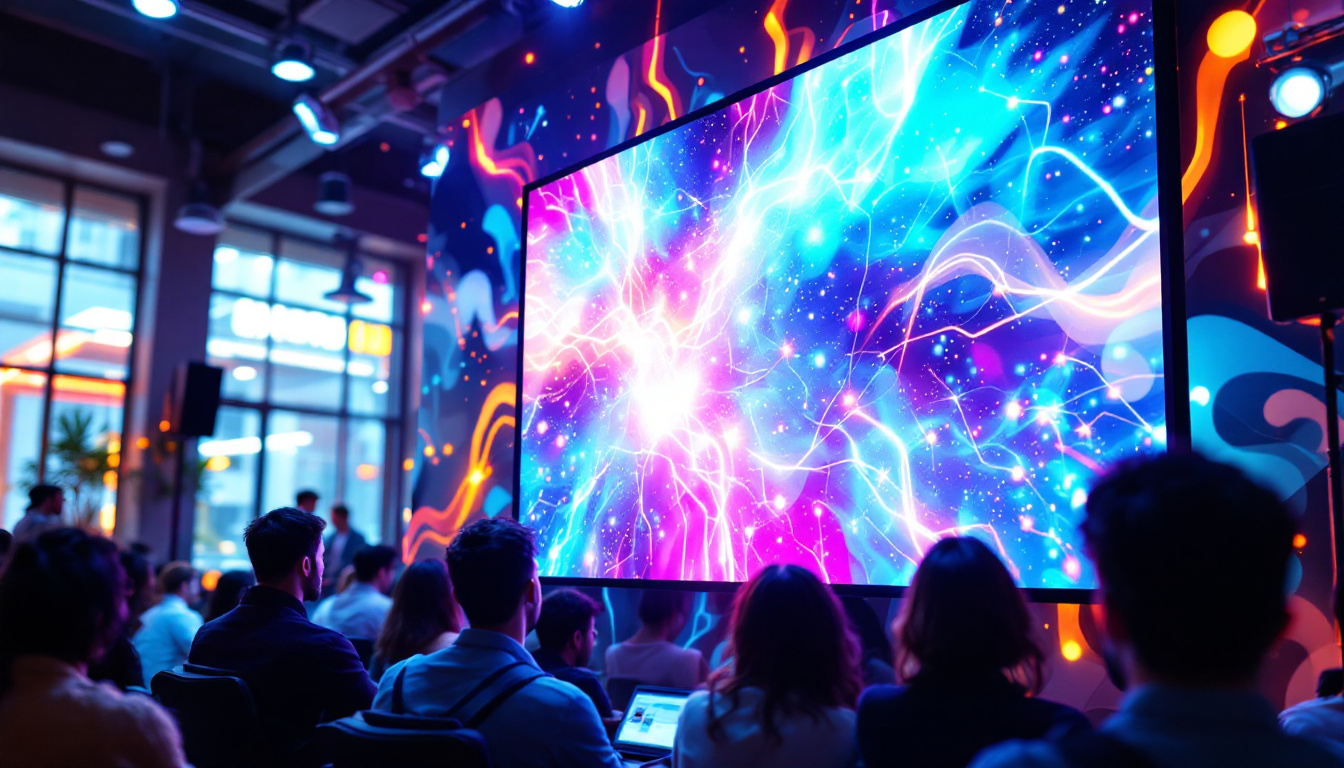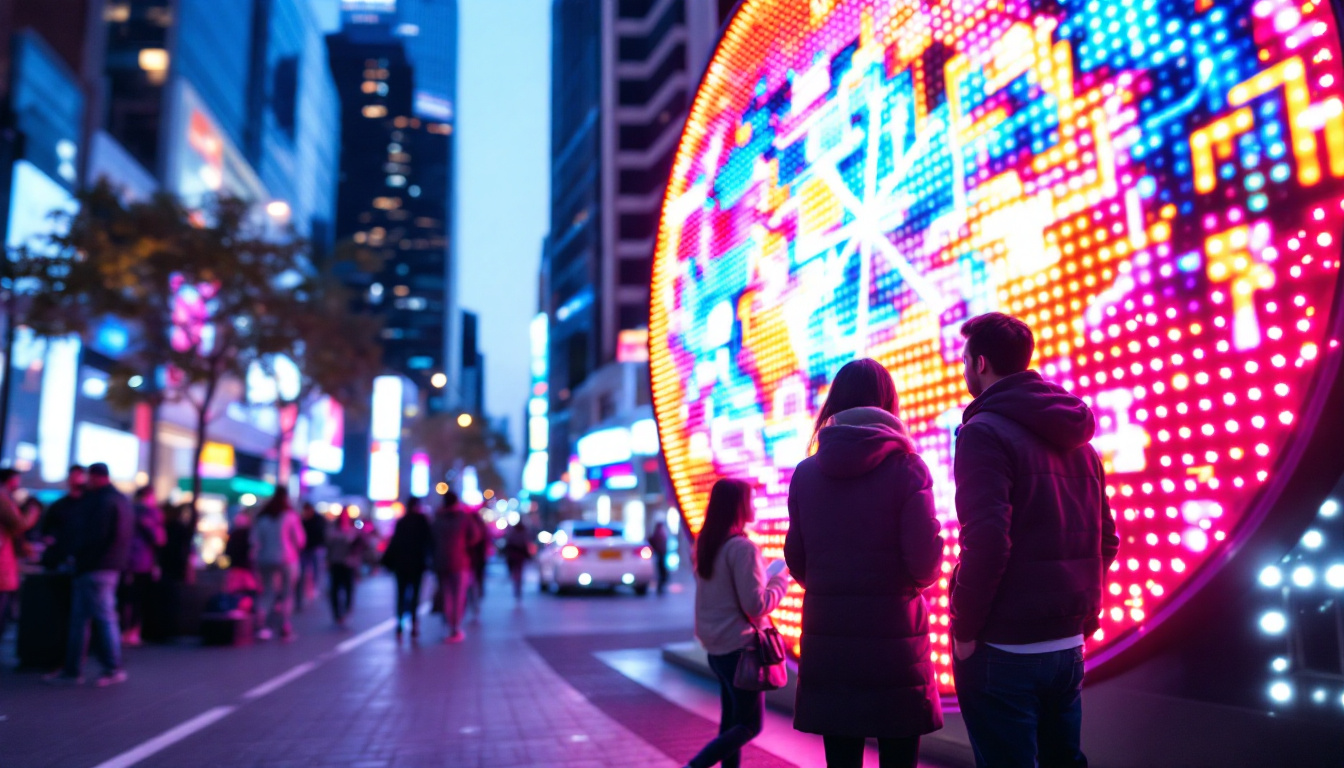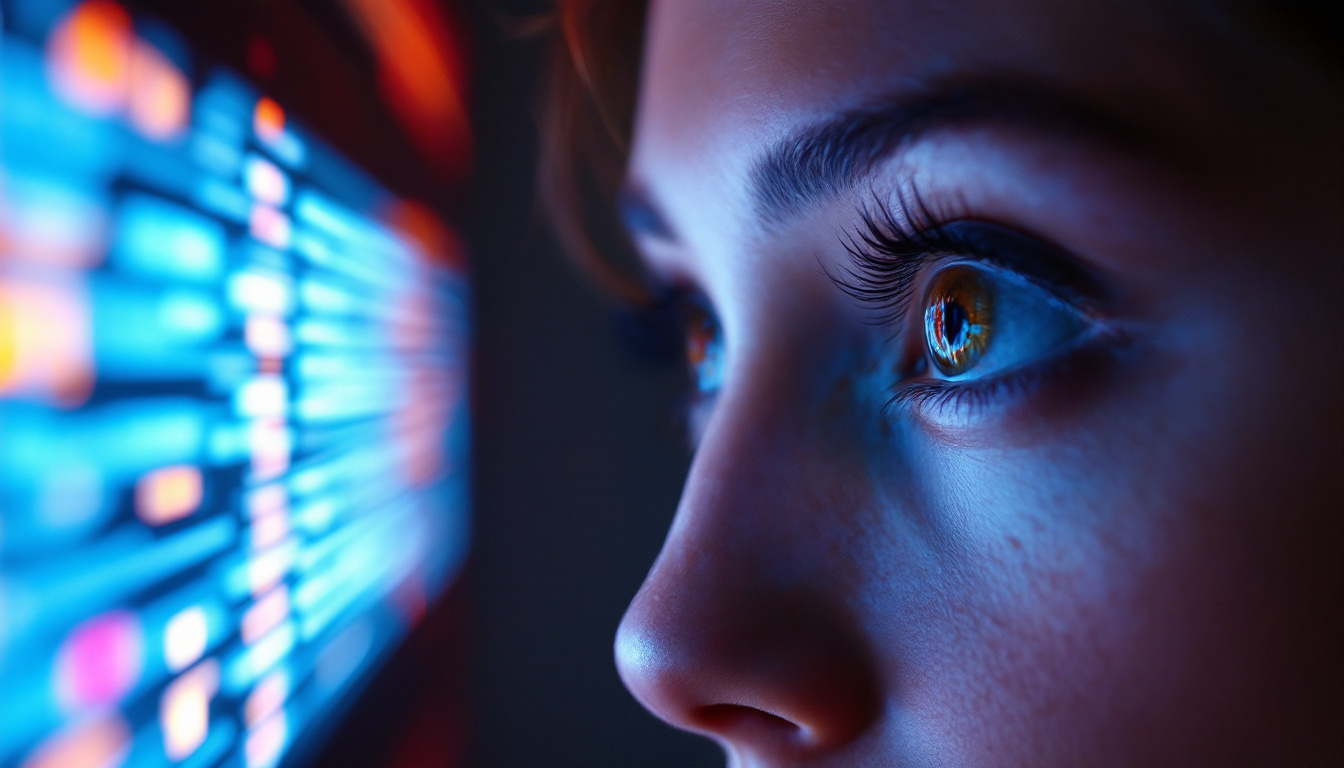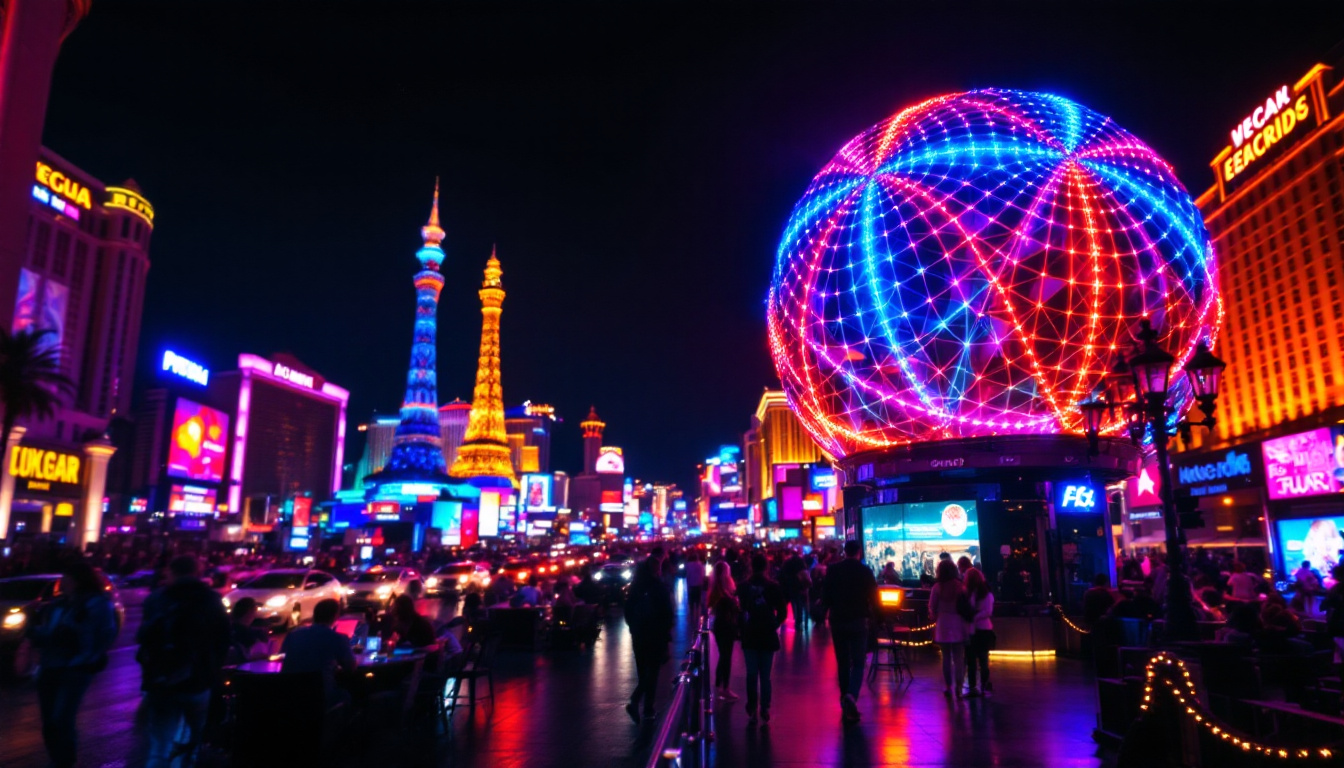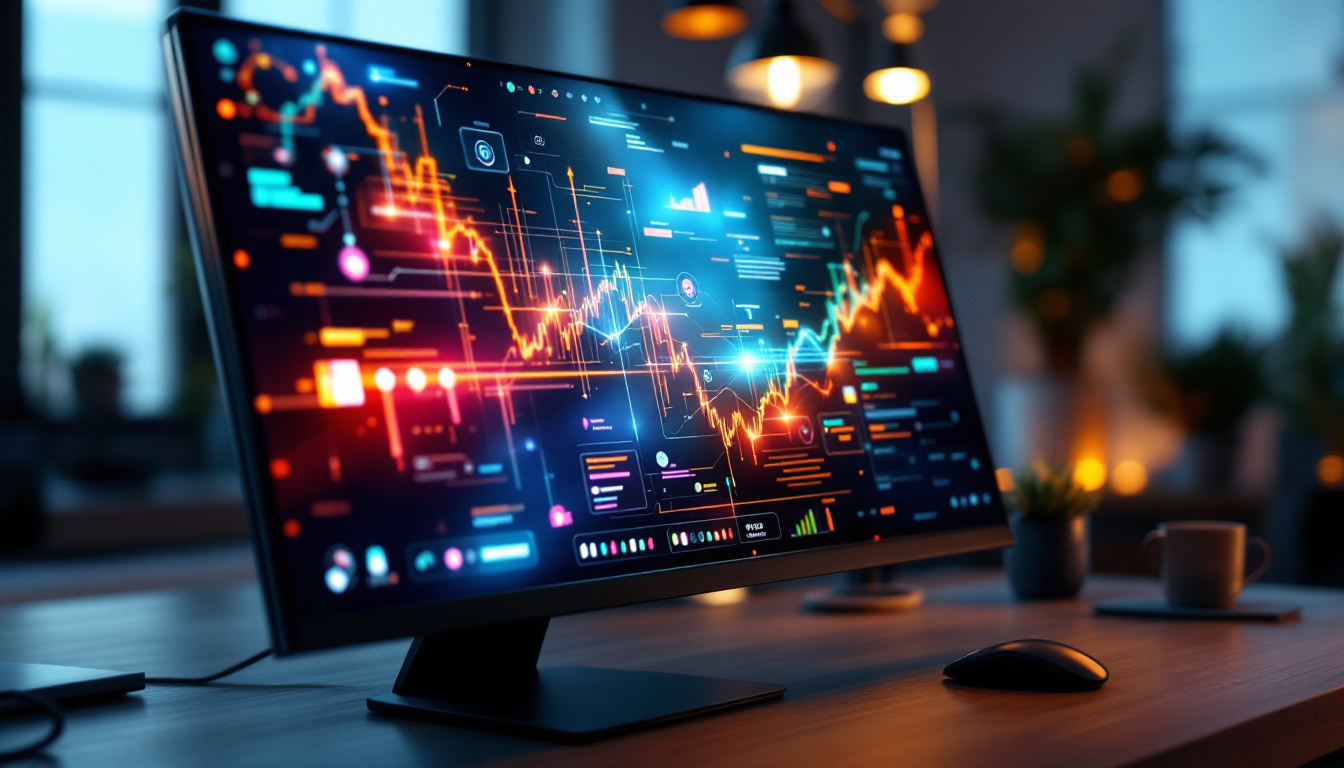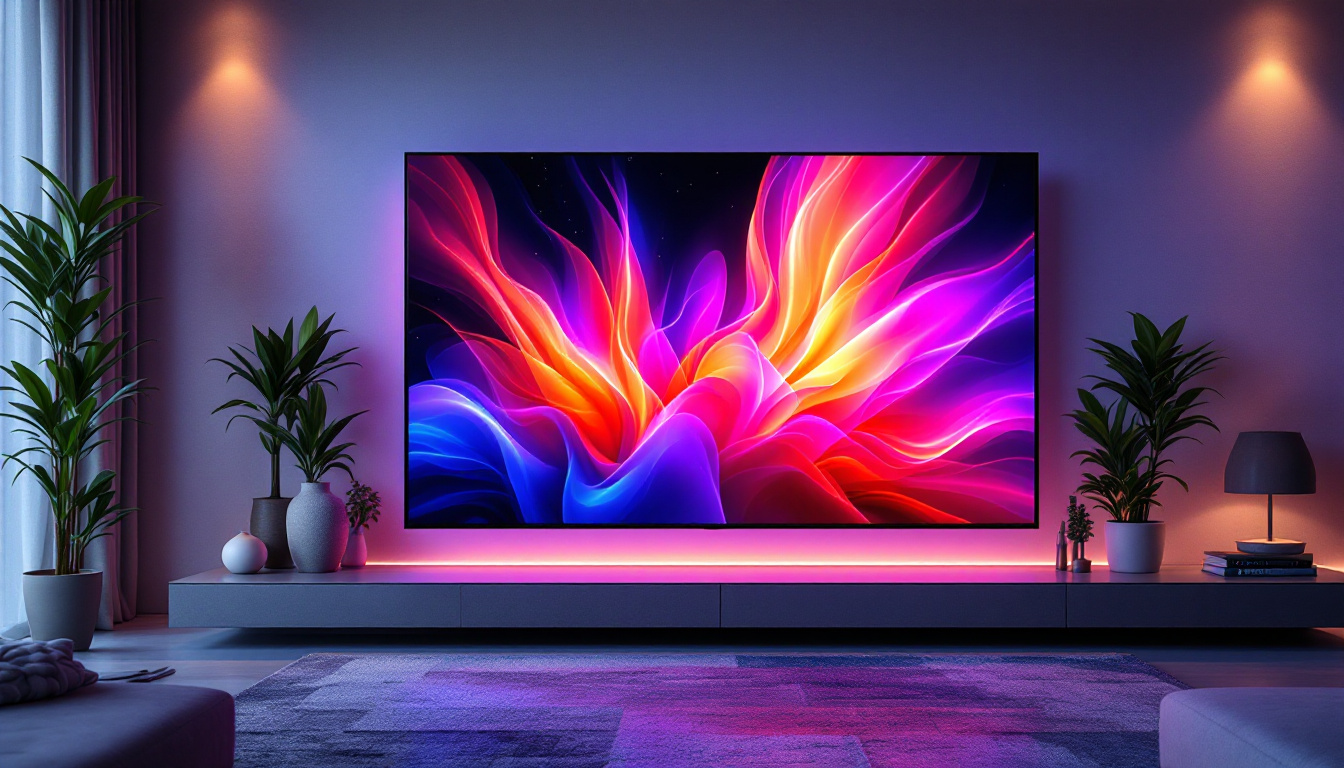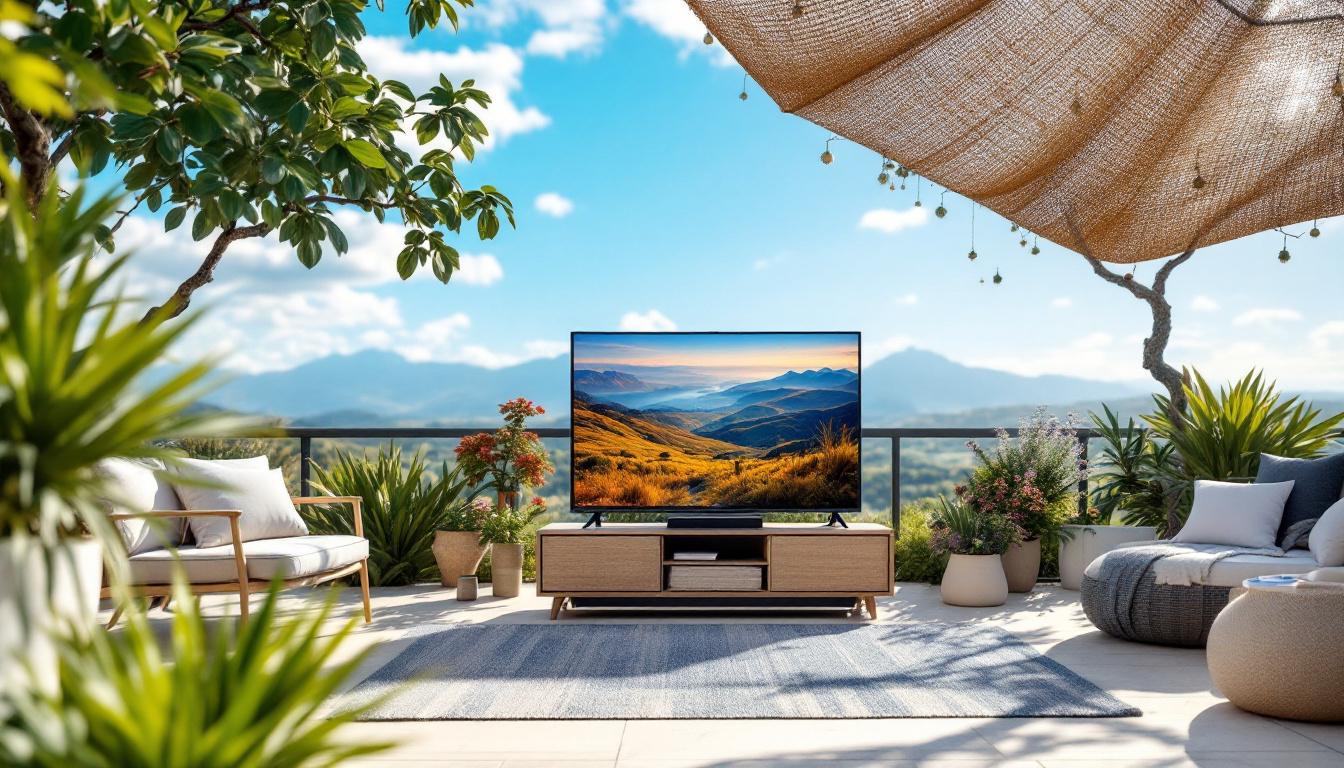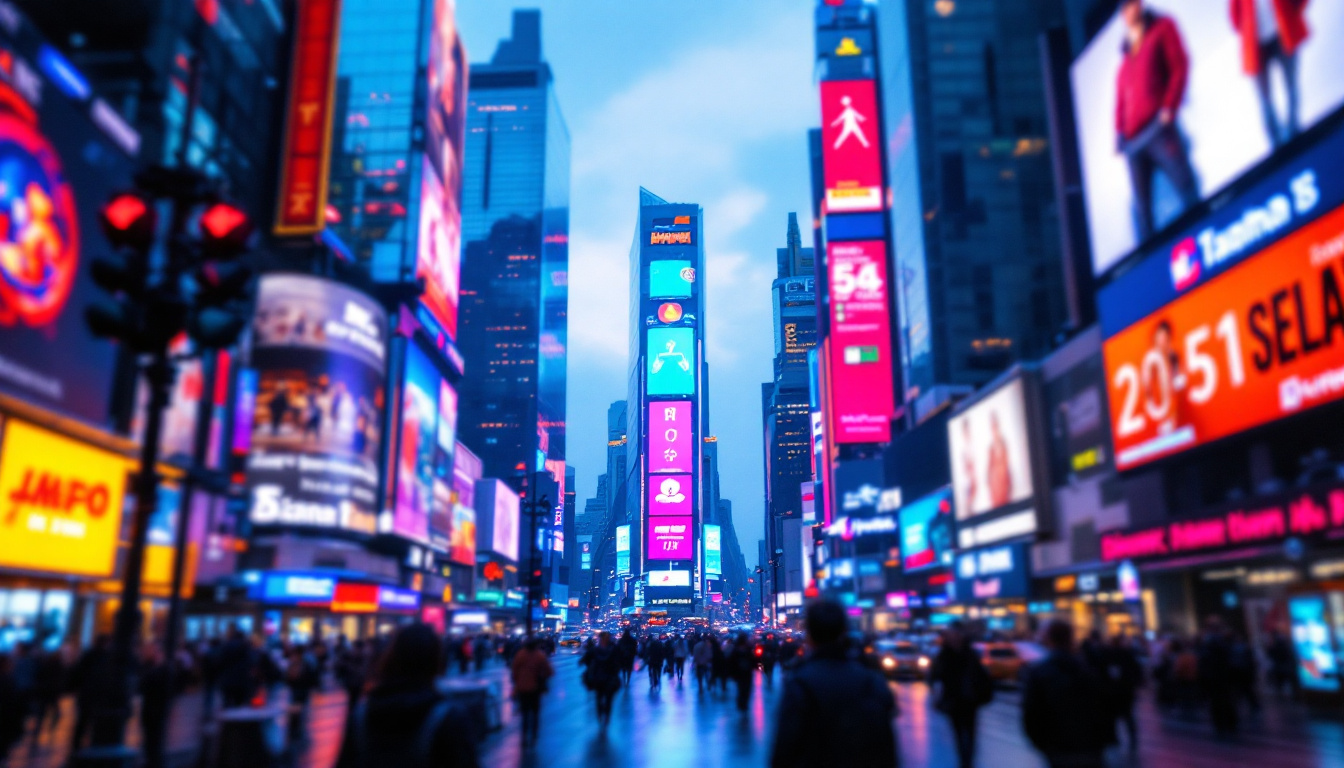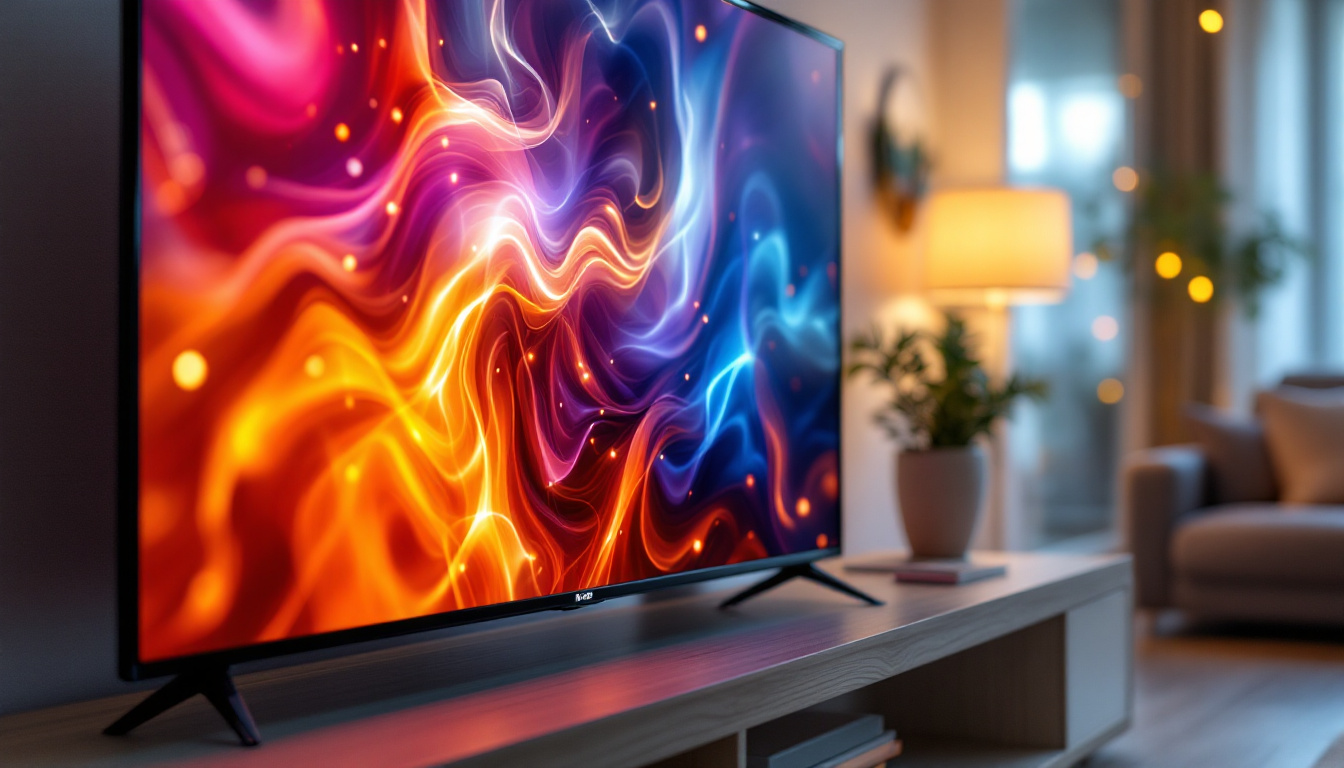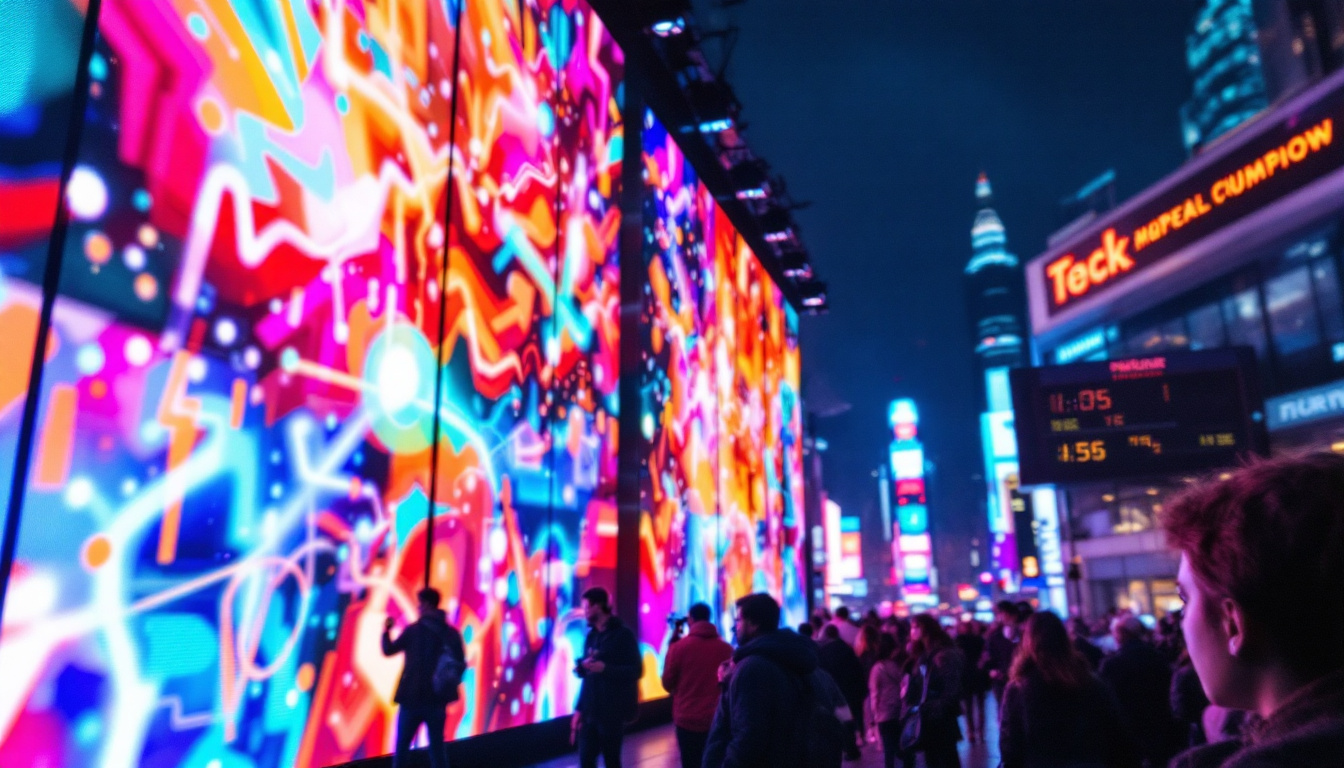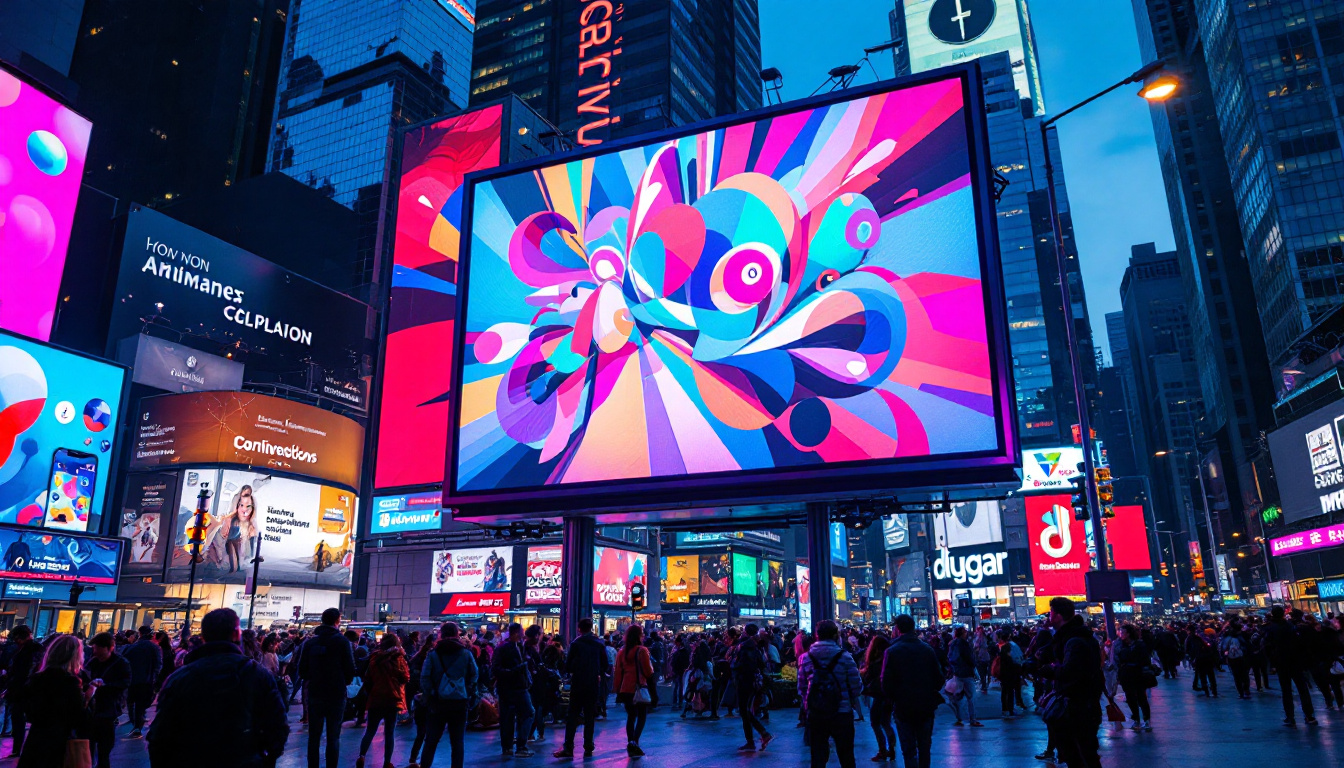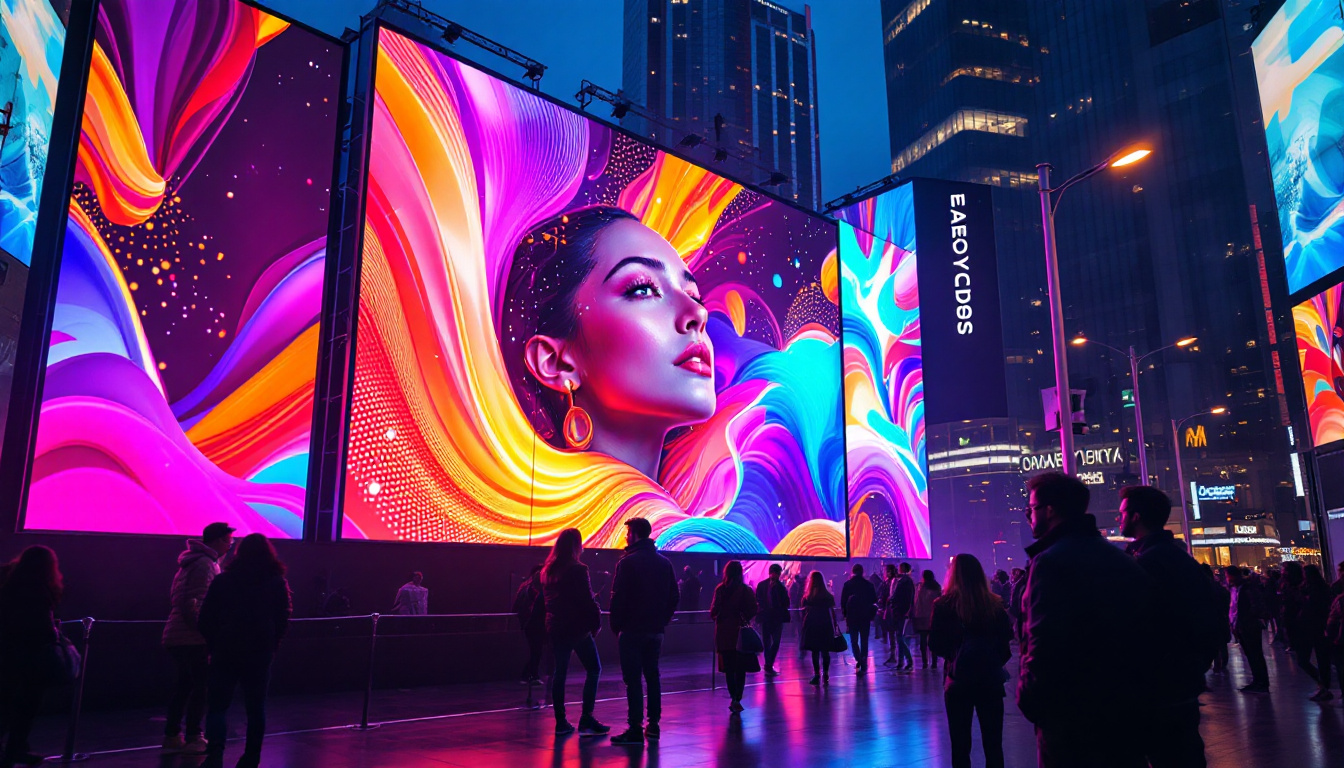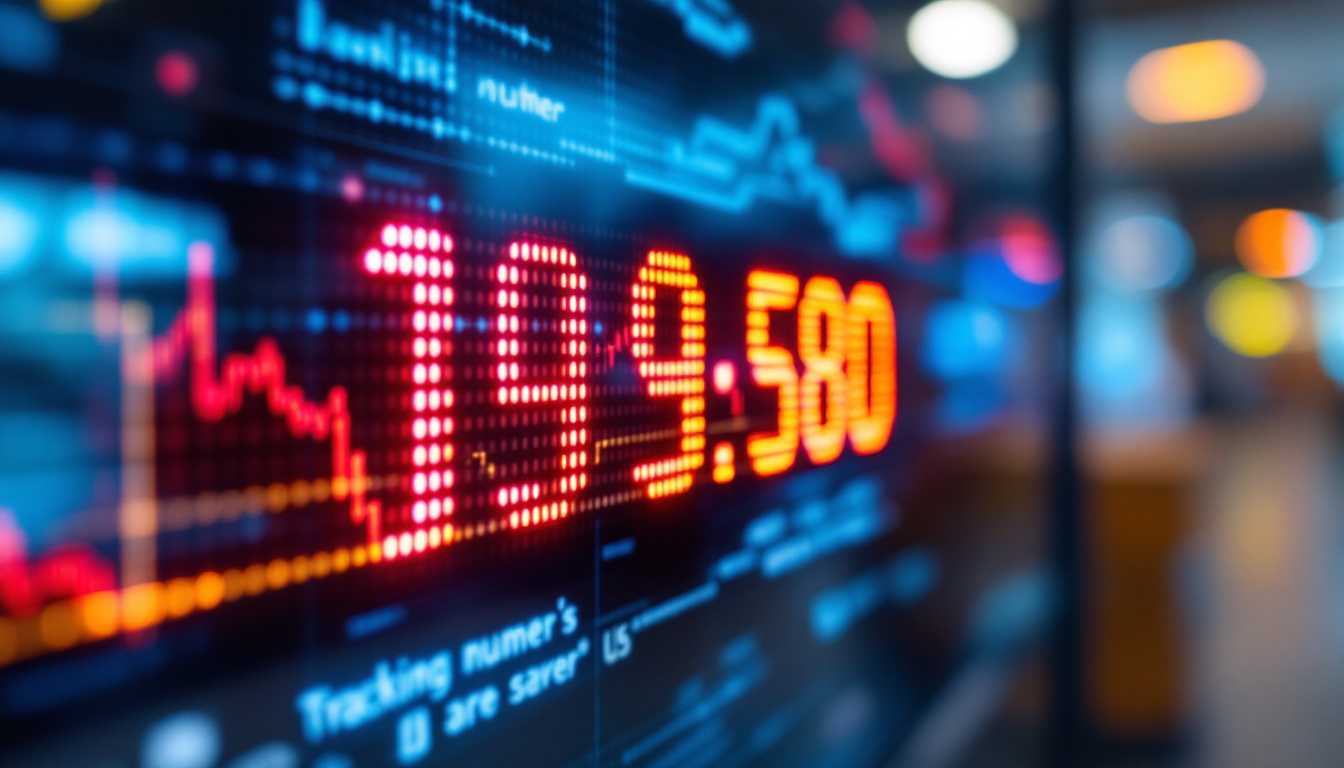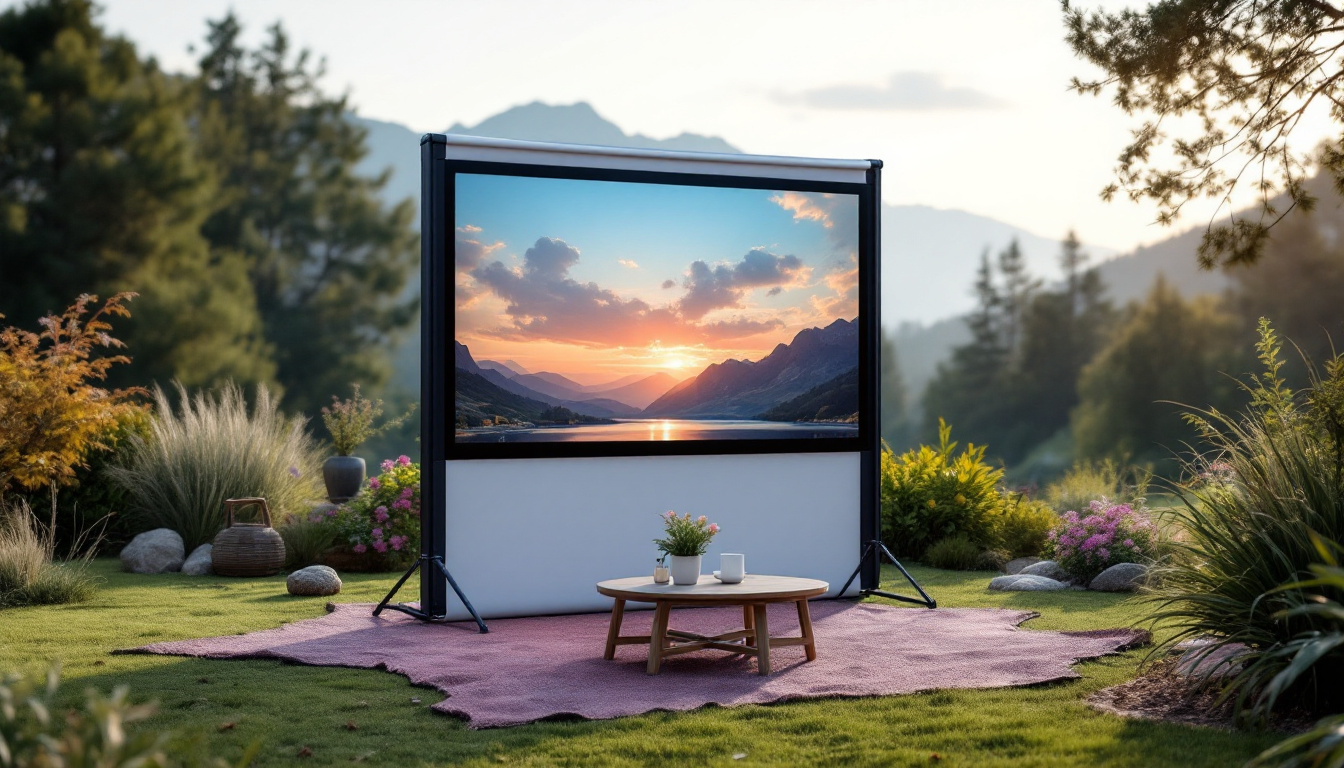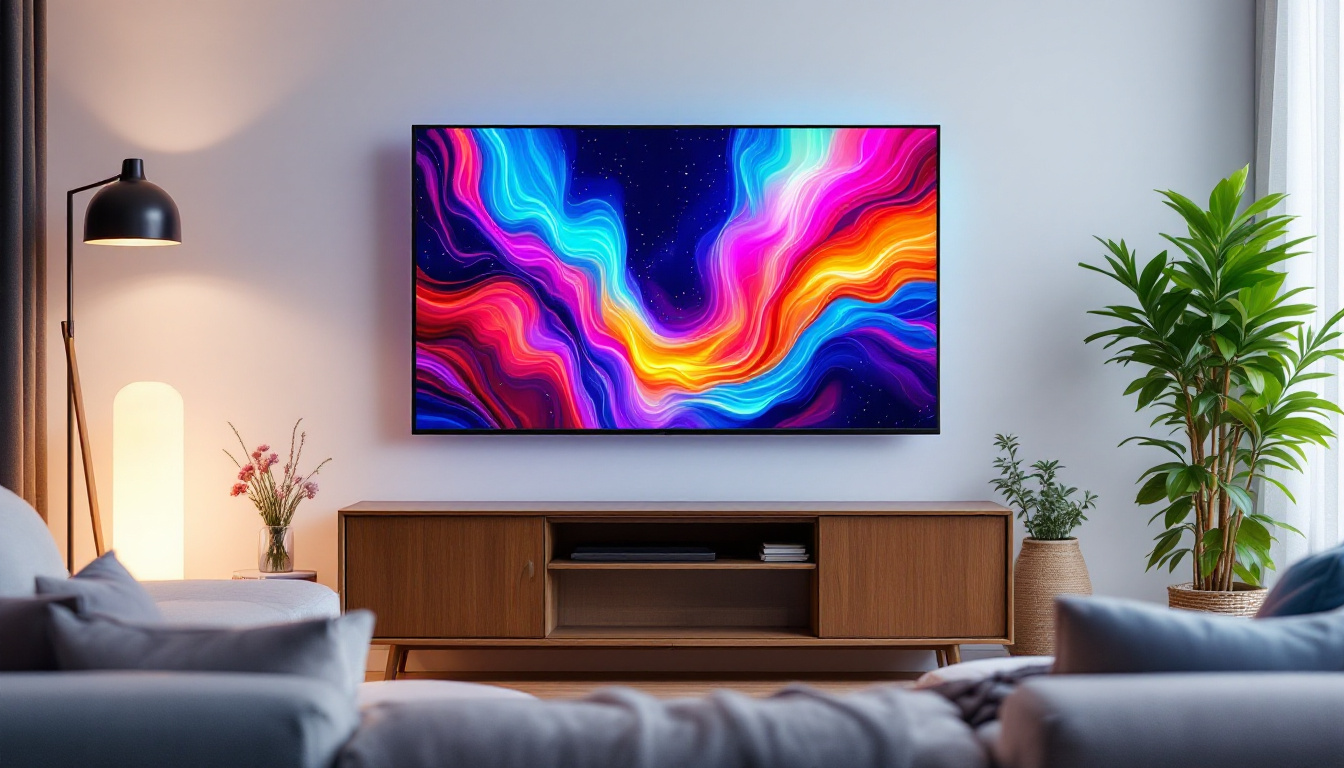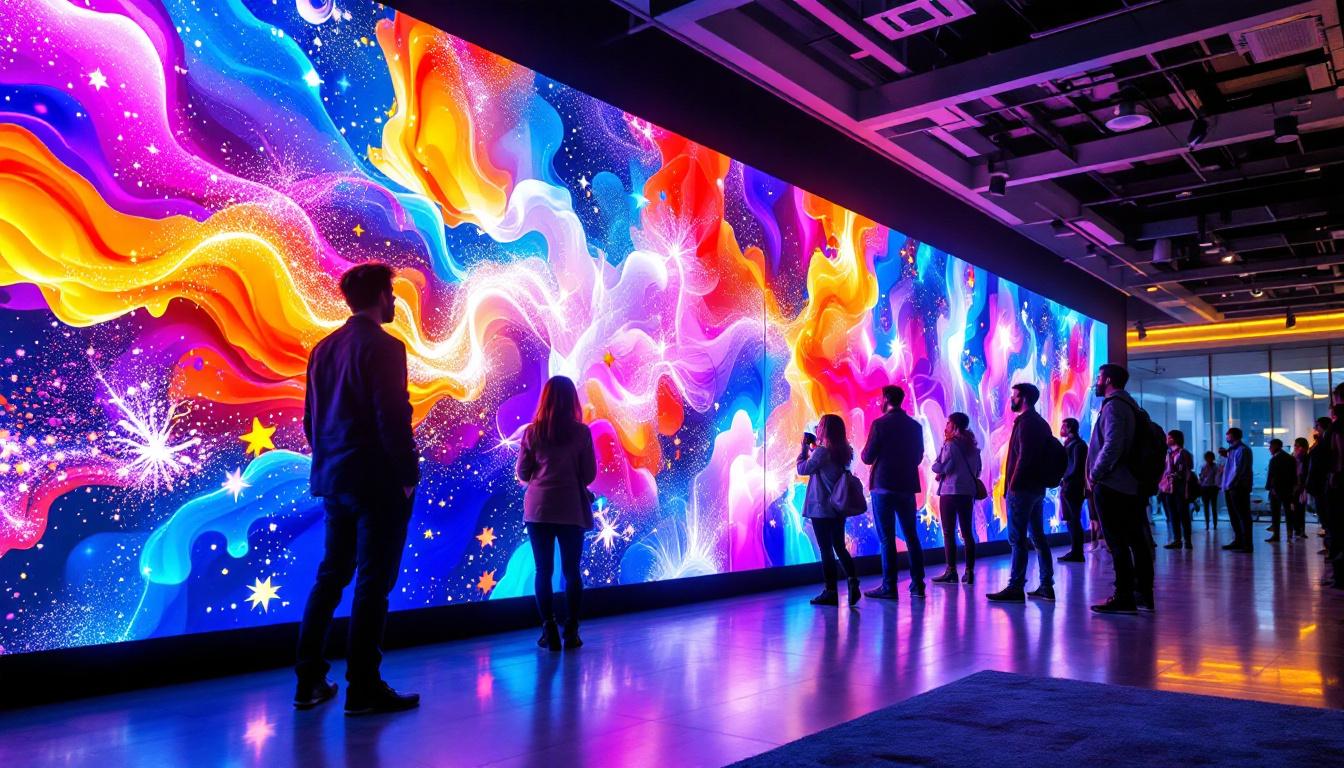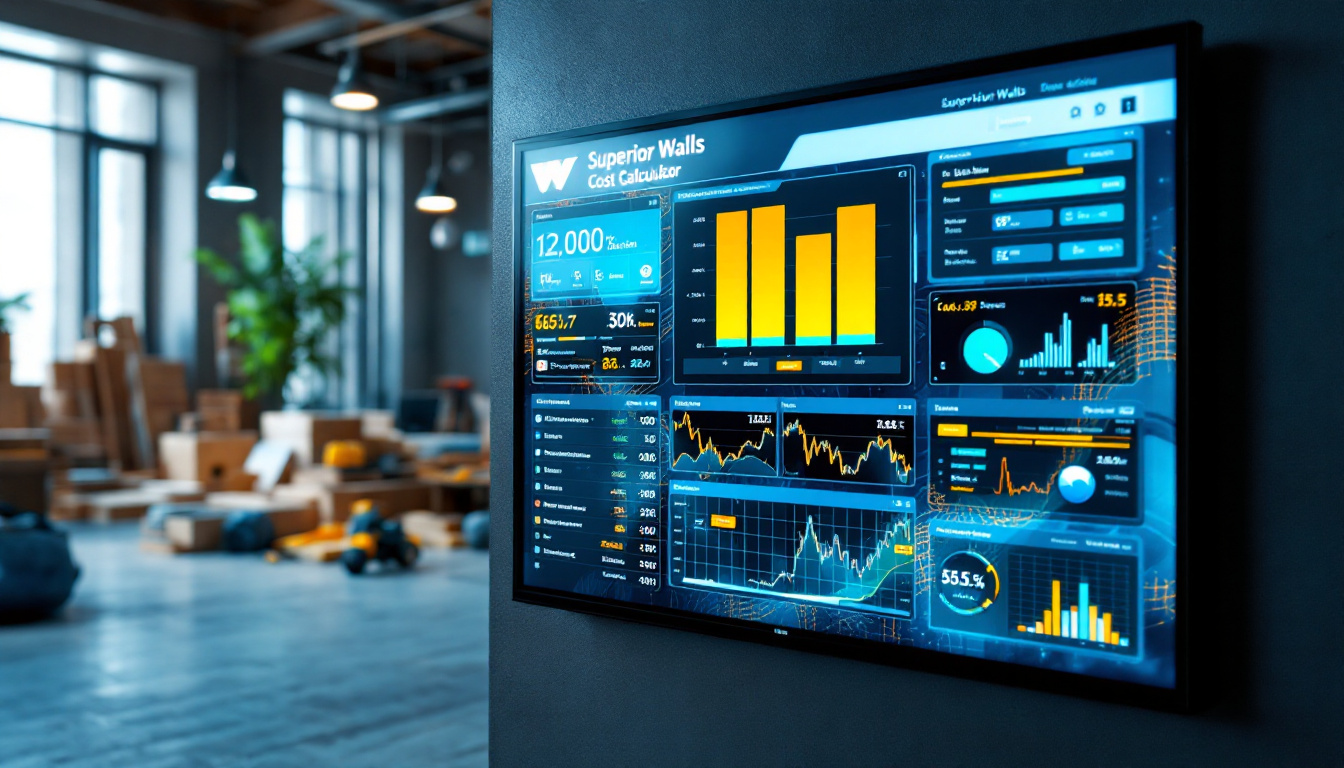In the world of digital signage and visual communication, LED displays have become a cornerstone technology, offering vibrant, energy-efficient, and scalable solutions for a wide range of applications. When discussing LED displays, one of the key technical aspects often referenced is the pixel pitch, commonly measured in millimeters (mm). This article delves into the concept of “1.2mm to inches” in the context of LED displays, explaining what it means, why it matters, and how it impacts the overall performance and viewing experience of LED screens.
Understanding Pixel Pitch: The Foundation of LED Display Quality
Pixel pitch is the distance from the center of one LED pixel to the center of the adjacent pixel, typically measured in millimeters. It is a critical parameter that directly influences the resolution and clarity of an LED display. A smaller pixel pitch means the LEDs are packed more densely, resulting in higher resolution and sharper images.
For example, a 1.2mm pixel pitch indicates that each LED pixel is spaced 1.2 millimeters apart. This is considered a fine pitch, suitable for close viewing distances where detail and image quality are paramount. In contrast, larger pixel pitches such as 4mm or 10mm are more appropriate for displays viewed from a distance, such as billboards or stadium screens. The choice of pixel pitch thus plays a significant role in determining the application and effectiveness of the display, influencing not just aesthetics but also viewer engagement and experience.
Converting 1.2mm to Inches: Why It Matters
While pixel pitch is primarily measured in millimeters, understanding its equivalent in inches can be helpful, especially for professionals and clients more familiar with the imperial system. The conversion is straightforward: 1 millimeter equals approximately 0.03937 inches.
Therefore, a 1.2mm pixel pitch translates to roughly 0.047 inches (1.2mm × 0.03937 = 0.04724 inches). This tiny distance between pixels highlights the precision involved in manufacturing fine-pitch LED displays. Such precision is not merely a technical specification; it directly impacts the viewer’s experience. For instance, in environments like control rooms or high-end retail spaces, where detail is crucial, the ability to discern fine features can significantly enhance the effectiveness of the display. Moreover, as technology advances, the trend is increasingly moving towards even smaller pixel pitches, pushing the boundaries of what is possible in visual display technology. This evolution not only improves image quality but also opens up new possibilities for creative and immersive experiences in various applications, from advertising to entertainment.
The Impact of Pixel Pitch on Viewing Experience
Pixel pitch plays a vital role in determining the optimal viewing distance and image quality of an LED display. Understanding this relationship helps businesses and designers select the right display for their specific needs.
Optimal Viewing Distance
The general rule of thumb for optimal viewing distance is that it should be at least 1.5 to 2 times the pixel pitch in millimeters, converted to meters. For a 1.2mm pixel pitch, this equates to an ideal viewing distance of approximately 1.8 to 2.4 meters (about 6 to 8 feet).
This close viewing distance makes 1.2mm pixel pitch LED displays perfect for indoor environments such as control rooms, broadcast studios, retail stores, and corporate lobbies where viewers are near the screen and expect crisp, detailed images. In these settings, the ability to view content up close without noticing pixelation is crucial, as it allows for a more immersive experience. Furthermore, the flexibility of these displays makes them suitable for various configurations, whether mounted on walls or used in freestanding setups, adapting seamlessly to the needs of the space.
Image Resolution and Detail
Smaller pixel pitch values like 1.2mm enable LED displays to render high-definition content with exceptional clarity. This is particularly important for applications requiring detailed visuals, such as video conferencing, medical imaging, or digital art installations.
For instance, a 1.2mm LED display with a screen size of 100 inches can deliver resolutions comparable to 4K or even 8K, depending on the panel configuration. This level of detail ensures text is legible, graphics are sharp, and videos are smooth, enhancing viewer engagement and communication effectiveness. Additionally, the enhanced color accuracy and brightness of these displays contribute to a more vibrant viewing experience, making them ideal for showcasing dynamic content such as advertisements or live event broadcasts. As technology continues to evolve, the capabilities of LED displays with smaller pixel pitches are expanding, allowing for even more innovative applications in fields like virtual reality and augmented reality, where visual fidelity is paramount.
Applications of 1.2mm Pixel Pitch LED Displays
The fine pitch of 1.2mm LED displays opens up a variety of high-end applications where image quality and close-range viewing are critical. These displays are often preferred in environments where traditional LCD or OLED screens might fall short in size or brightness.
Broadcast and Control Rooms
Broadcast studios and control rooms demand high-resolution displays to monitor multiple video feeds and data streams simultaneously. The 1.2mm pixel pitch allows operators to see fine details clearly, aiding in decision-making and operational efficiency. With the ability to deliver vibrant colors and deep blacks, these displays enhance the viewing experience for both operators and audiences alike. Moreover, the seamless integration of multiple screens creates an immersive environment that is essential for live broadcasting, where every second counts and precision is paramount.
Corporate and Retail Environments
In corporate settings, LED video walls with a 1.2mm pitch create impressive digital signage that can display presentations, advertisements, and branding elements with vivid colors and sharp detail. Retailers use these displays to attract customers and enhance the shopping experience by showcasing dynamic content. The versatility of these displays allows for real-time updates, enabling businesses to promote flash sales or new product launches instantly. Additionally, the ability to customize content based on customer demographics or time of day can significantly boost engagement and drive sales, making it a powerful tool in the competitive retail landscape.
Medical and Simulation Facilities
Medical imaging and simulation benefit from the high resolution of fine-pitch LED displays. Surgeons and trainees can view detailed anatomical visuals or simulation scenarios with clarity, improving accuracy and training outcomes. The precision offered by these displays is crucial in high-stakes environments, where even the slightest detail can impact patient care. Furthermore, the brightness and contrast capabilities of 1.2mm pixel pitch displays ensure that images remain clear and discernible under various lighting conditions, which is particularly important in surgical theaters or training environments where ambient light can fluctuate. This technology not only enhances the educational experience for medical professionals but also contributes to better patient outcomes through improved visualization techniques.
Technical Considerations and Challenges
While 1.2mm pixel pitch LED displays offer superior image quality, there are technical and economic factors to consider when choosing this technology.
Manufacturing Complexity and Cost
The production of fine-pitch LED panels requires advanced manufacturing techniques to place LEDs with extreme precision. This complexity drives up costs compared to larger pitch displays. Additionally, the smaller LEDs and tighter spacing demand higher quality control standards to ensure uniform brightness and color consistency.
Installation and Maintenance
Due to their density and sensitivity, 1.2mm LED displays require careful installation to avoid damage and ensure optimal performance. Maintenance can also be more challenging, as replacing individual pixels or modules demands specialized skills and tools.
Power Consumption and Heat Management
Fine-pitch LED displays typically consume more power per square meter than larger pitch displays because of the increased number of LEDs. Effective heat dissipation mechanisms are essential to maintain longevity and prevent performance degradation.
Comparing 1.2mm Pixel Pitch to Other Common Pixel Pitches
To better appreciate the significance of a 1.2mm pixel pitch, it is useful to compare it with other common pixel pitches in the LED display market.
1.5mm and 2.5mm Pixel Pitch
Displays with 1.5mm or 2.5mm pixel pitches are also considered fine pitch but are slightly less dense than 1.2mm. They offer a balance between cost and image quality and are suitable for medium viewing distances, such as conference rooms and event venues.
4mm and Above Pixel Pitch
Pixel pitches of 4mm and above are typically used for outdoor or large venue displays where viewers are farther away. These displays prioritize brightness and size over ultra-fine detail, making them ideal for billboards, sports arenas, and concerts.
Choosing the Right Pixel Pitch
Ultimately, the choice of pixel pitch depends on the intended application, viewing distance, budget, and environmental conditions. While 1.2mm pixel pitch displays offer exceptional clarity, they may not be necessary or cost-effective for all scenarios.
Future Trends in Fine-Pitch LED Displays
The LED display industry continues to evolve rapidly, with ongoing advancements in technology pushing the boundaries of pixel pitch and display performance.
MicroLED Technology
MicroLED is an emerging technology that promises even smaller pixel pitches, higher brightness, and improved energy efficiency compared to traditional LEDs. MicroLED displays with pixel pitches below 1mm are already in development, targeting applications such as augmented reality and ultra-high-definition video walls.
Integration with Smart Technologies
Modern LED displays are increasingly integrated with smart control systems, allowing dynamic content management, real-time analytics, and interactive capabilities. Fine-pitch LED displays with 1.2mm pixel pitch are well-positioned to leverage these innovations for enhanced user experiences.
Environmental Sustainability
As energy efficiency and sustainability become priorities, manufacturers are focusing on reducing power consumption and using eco-friendly materials in fine-pitch LED displays. Innovations in driver ICs and cooling systems contribute to greener digital signage solutions.
Conclusion
The 1.2mm pixel pitch LED display represents a pinnacle of visual clarity and precision in the LED screen market. Its fine pixel spacing enables stunning image quality at close viewing distances, making it ideal for applications that demand detailed visuals and immersive experiences.
Understanding the conversion of 1.2mm to inches (approximately 0.047 inches) helps contextualize the scale of this technology and appreciate the engineering involved. While fine-pitch LED displays come with higher costs and technical considerations, their benefits in image quality and versatility make them a valuable investment for businesses and organizations aiming to communicate effectively through digital media.
As LED technology advances, the future holds exciting possibilities for even finer pixel pitches and smarter, more sustainable displays that will continue to transform how we experience visual content.
Discover the Future of Visual Display with LumenMatrix
Ready to elevate your visual communication to new heights? LumenMatrix is at the forefront of LED display innovation, offering an extensive range of solutions tailored to your unique needs. From Indoor and Outdoor LED Wall Displays to specialized options like Vehicle, Sports, and Floor LED Displays, our products are designed to captivate and engage your audience. Experience the transformative power of our Custom, All-in-One, and Transparent LED Displays. Check out LumenMatrix LED Display Solutions today and join the revolution in high-impact visual storytelling.



